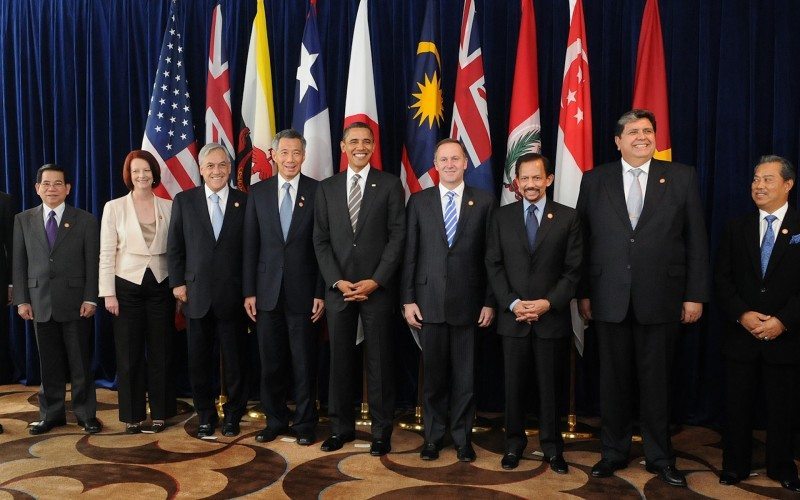Transpacific partnership interim assessment
Since the 12 member states signed the TPP text agreement at the beginning of October we are still within the mandated 90 day period during which interested parties in the U.S. can offer their assessments and Congress can evaluate this document.
The document will have to be approved by Congress and by the other 11 member legislatures. Despite significant disagreements the TPP will likely be passed by Congress.
Similarly, other states will face approval contests with the opposition led by those likely to sustain loses with the abolition or lowering of existing tariff regimes. While there remain questions about passage in all 12 states it is likely the text will be approved and the agreement implemented.
However it is likely that U.S. manufacturers and labor, agricultural supporters of the ruling Liberal Democratic Party in Japan, and members of the new Liberal Party government in Canada will demand additional revisions. The new Trudeau government in Canada should be particularly interesting since he opposed the TPP during his recent election.
This article focuses on the major drivers behind the agreement and the likely impact of this trade pact if it is implemented.
Since the member countries account for 40% of the global GDP and the agreement will eliminate roughly 18,000 tariffs that these countries currently levy on U.S. exports implementation will clearly result in a very different business environment.
While a formal forecast would require an assessment of the power and influence of all domestic interest groups supporting and opposing the agreement in each country this level of detail may be misleading.
The very fact that an agreement has been reached by member governments who view the TPP as being in their national interests is a strong indicator of the current power behind ratification. One driver behind this agreement is the simple rationale afforded by neoclassical economics: The reduction or elimination of tariffs will allow companies to create value in different locations in accord with the comparative advantage or even absolute advantage offered by these locations.
Read More: Transpacific partnership interim assessment | Global Risk Insights


Comments are closed.